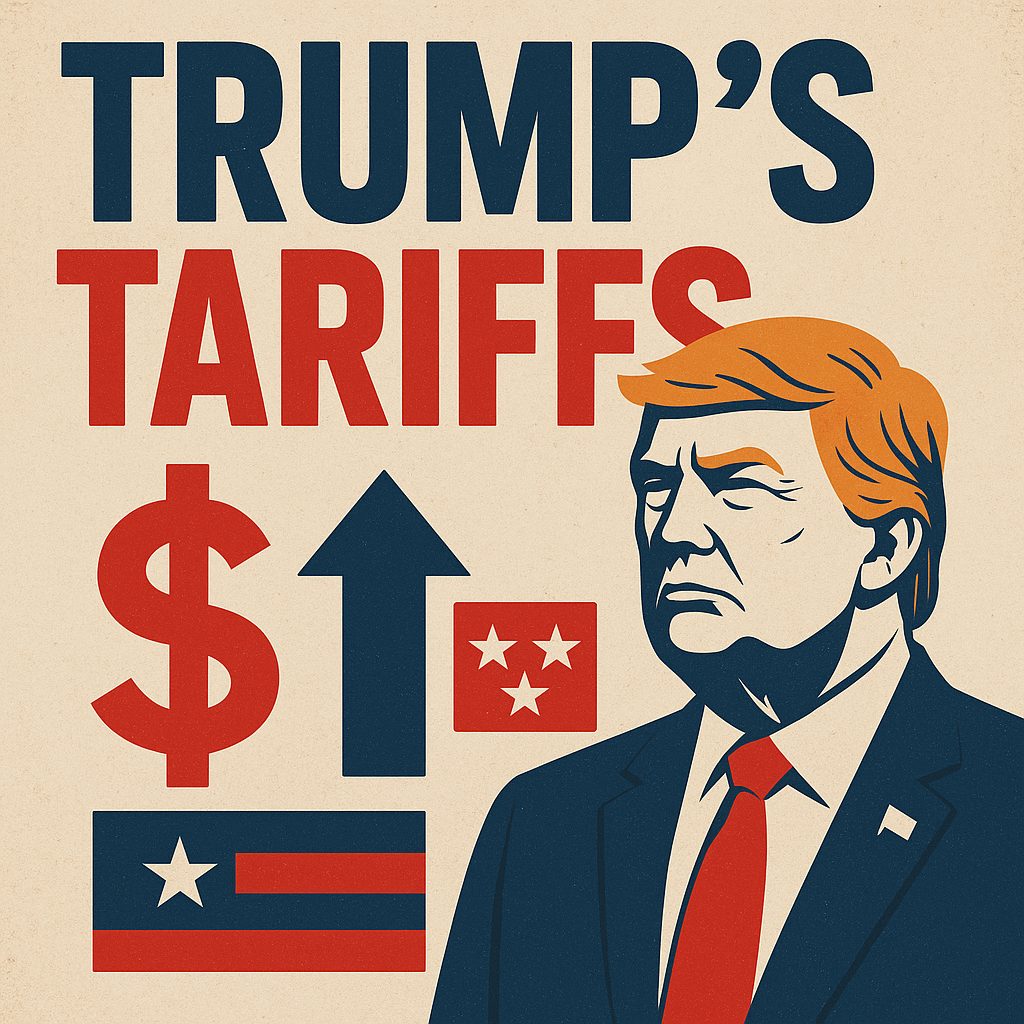
The housing market is feeling the heat—and not just from inflation or high mortgage rates. Tariffs introduced under President Donald Trump are adding pressure in ways that many buyers and builders didn’t see coming. From the price of lumber to the cost of borrowing, here’s how these trade policies are shaking up housing in America.
Building a Home Just Got Pricier
One of the biggest impacts of Trump-era tariffs has been on the cost of building materials. Tariffs on imported goods like Canadian softwood lumber, steel, and aluminum have driven up prices for key components used in new home construction.
- The National Association of Home Builders says tariffs have added about $10,900 to the cost of an average newly built home.
- Lumber costs in particular have surged, and tariffs on Canadian softwood lumber could rise even further—to as much as 34.5% this year.
For builders, these extra costs often get passed down to buyers, making new homes even more expensive—and less affordable for the average family.
Mortgage Rates: Up, Down, and All Over the Place
Tariff-related uncertainty isn’t just hitting construction. It’s also influencing mortgage rates.
- Some lenders have dropped rates below 4% in an effort to keep the housing market moving.
- Others have seen rates bounce back up to around 7% after short-term dips, according to Fox Business.
This kind of volatility makes it hard for buyers to know when (or if) they should jump into the market.
Buyer Confidence Is Taking a Hit
Tariffs are doing more than just inflating prices—they’re also shaking consumer confidence.
- A Redfin-Ipsos survey found that 24% of Americans have canceled plans to buy a home or a car because of tariff concerns.
- Another 32% said they’re delaying major purchases altogether.
This uncertainty is slowing down demand, especially in regions where local economies are more sensitive to trade policy shifts.
Some States Are Feeling It More Than Others
States that rely heavily on exports—like Louisiana and parts of the Midwest—are especially vulnerable. These areas could see job losses, reduced income, and falling home values if the trade war continues or escalates.
A report from Business Insider warns that these markets are “most at risk” from the fallout of tariffs, especially if retaliatory measures from other countries lead to economic slowdowns.
What the Industry Is Doing About It
Homebuilders aren’t standing still. Many are:
- Stockpiling materials to hedge against rising prices
- Sourcing alternative supplies where possible
- Adjusting pricing and scaling back on projects
Even with these strategies, there’s still a lot of uncertainty about where things are headed.
Final Thoughts
Whether you’re buying, building, or investing, it’s clear that tariffs have become a new variable in the already complicated housing equation. With costs rising and confidence wavering, the market is more unpredictable than ever.
As always, staying informed is key. The more you understand how global trade affects your local market, the better prepared you’ll be to make smart decisions.
Stay informed. Stay flexible. And if you’re in the market to buy, build, or sell, work with professionals who understand how today’s global economics can affect your local investment.

 Facebook
Facebook
 X
X
 Pinterest
Pinterest
 Copy Link
Copy Link

